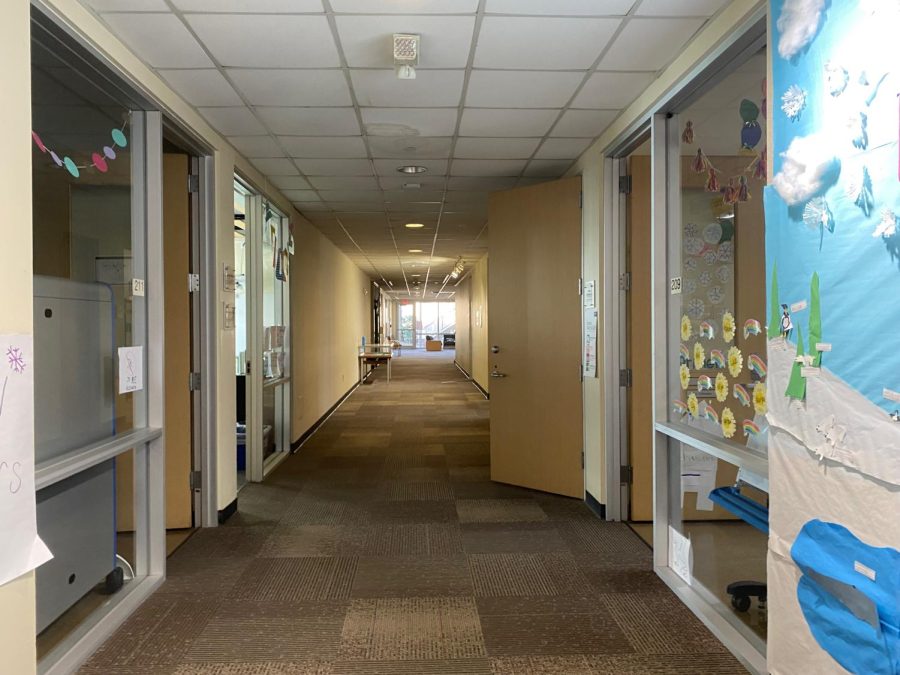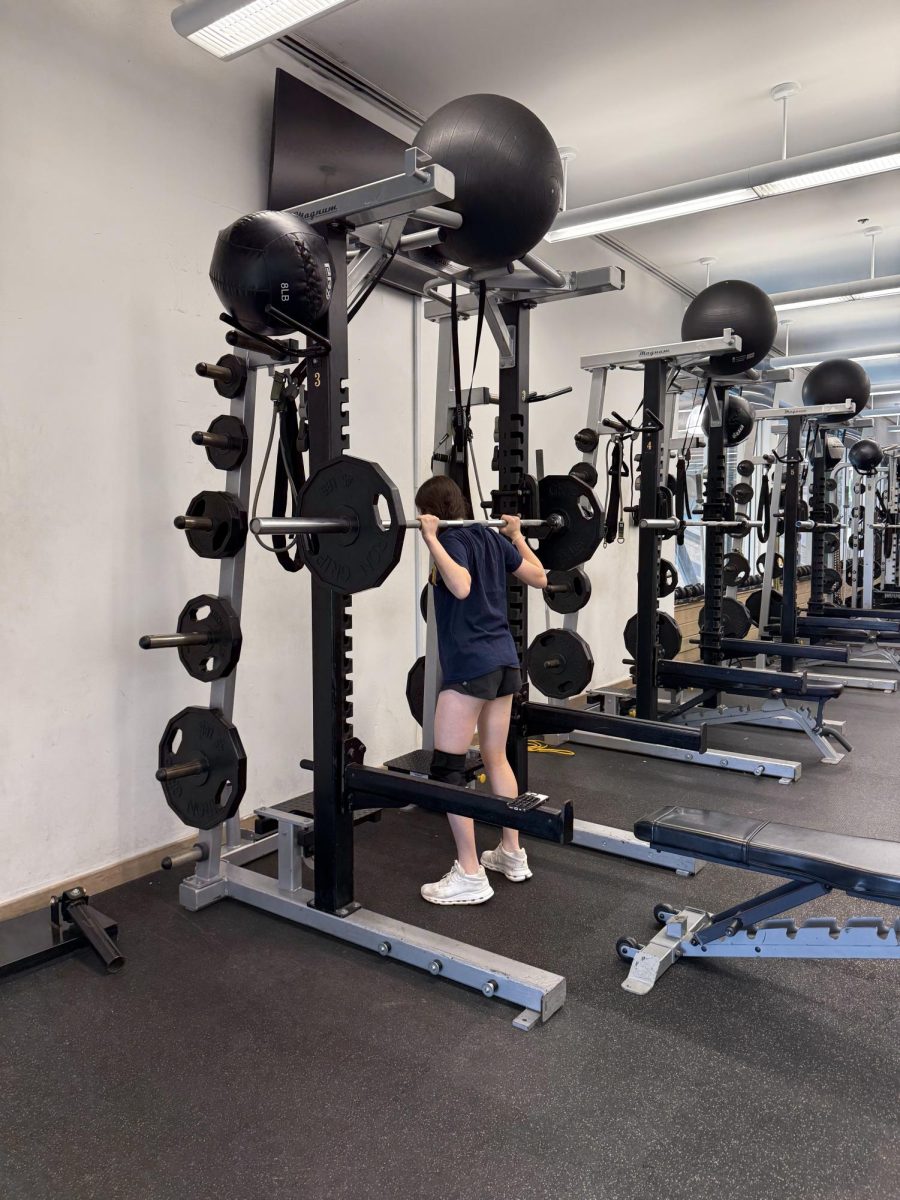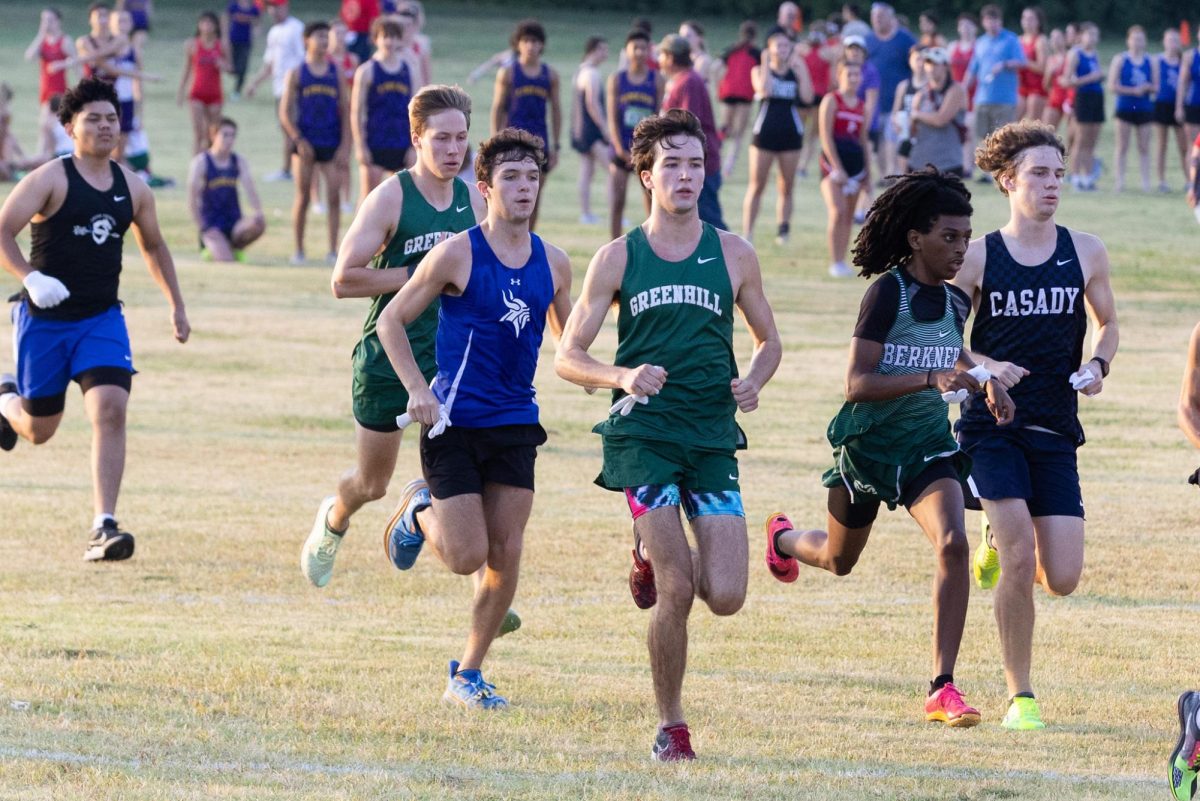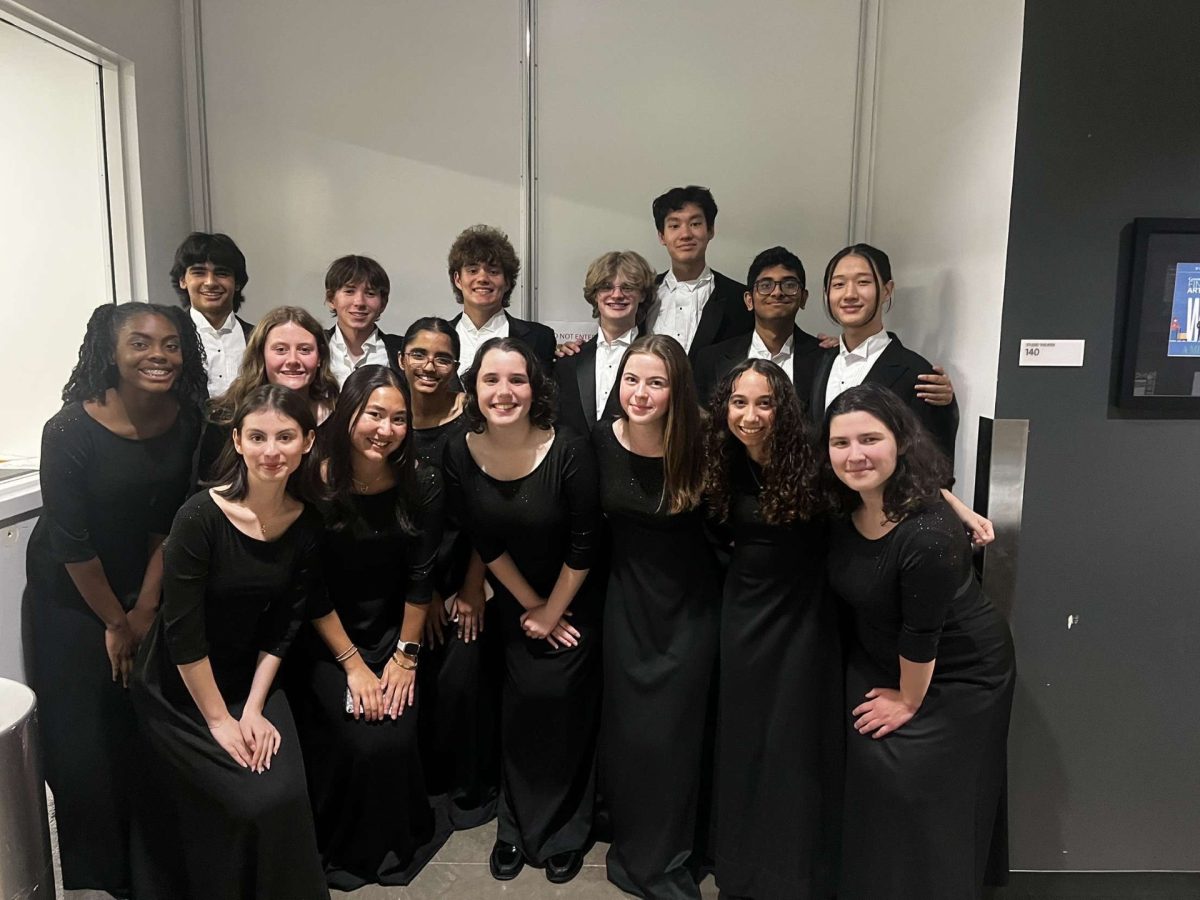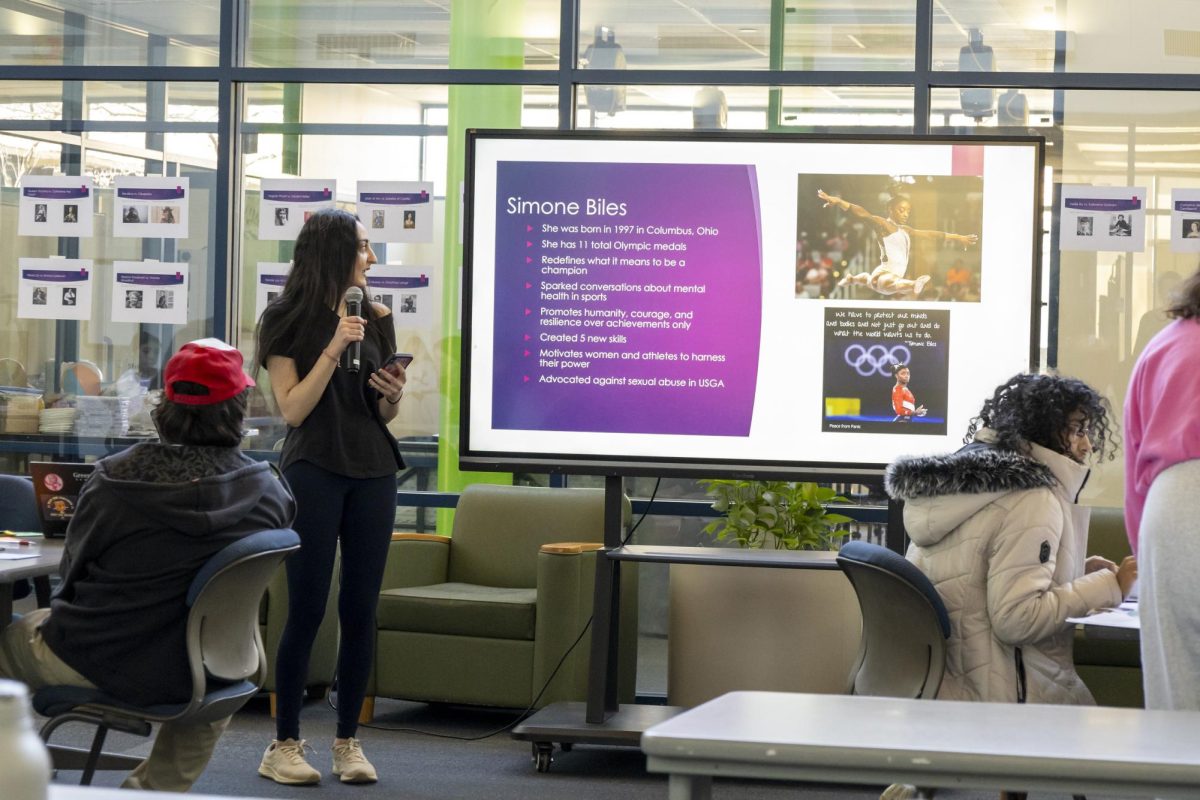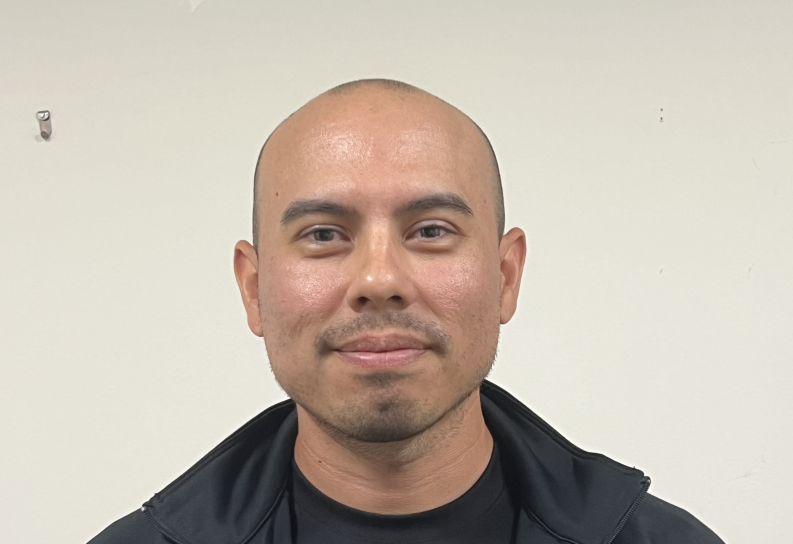First Grade is First to Have Full Shutdown
January 24, 2022
As a recent increase in COVID-19 cases resulted in a shift to at-home learning for first graders last week, teachers have worked tirelessly to keep students engaged and have taken great pride in the resilience their students have shown under these circumstances.
Due to four First Grade teachers being out towards the beginning of January and the continuous threat of the Omicron variant, teachers and administration decided to send the entire grade home for the week and temporarily transition to virtual learning.
According to First and Second Grade science teacher Heather Bartos, remote learning presented several challenges for lower school students, including battling restlessness and a greater number of distractions.
“I think learning is so much about connection and being engaged and meeting with other people,” Bartos said.
Despite setbacks and challenges, however, the first-grade students have been optimistic throughout this experience, according to their teachers.
“It’s been a stressful time, but they’ve done a really good job,” said First Grade teacher Mary Ellen Brence.
While some students had been in and out of class due to exposure to or contraction of COVID-19, the week of Jan. 5 was the only week that the whole grade was sent home for remote learning. In the past, when certain students have been at home quarantining, they have only been required to do asynchronous work rather than having to join online classes via Zoom.
Last week, the whole grade spent Jan. 5-7 attending virtual classes from their homes. Parents had to go to Greenhill to sign out their kids’ school supplies and school-issued iPads on Jan. 4 in order to equip students for their week as remote learners.
As far as in-person school protocols have gone for lower schoolers, mask-wearing and social distancing have remained very crucial and have been enforced tightly throughout the pandemic. There has not yet been a point where the first graders have had the option not to wear a mask, as they were not yet eligible for the vaccine during the period that middle and upper schoolers switched to a mask-optional policy.
While one might think that such young students might struggle much more with mask-wearing than older students, they have actually had an interesting advantage.
“I will say for some; they don’t know any better,” First Grade teacher Kathleen Prentiss said. “If you think back for almost all of the time they’ve been in school, you know these are six-year-olds, and since 2020, I mean that was two years ago, they’ve had to wear a mask at school.”
Teachers have had to be very flexible in order to learn how to teach students in person while also juggling some students online. The protocols are constantly changing, but overall, teachers say they have been very pleased with the excitement that their young students have eagerly brought to each new challenge.

